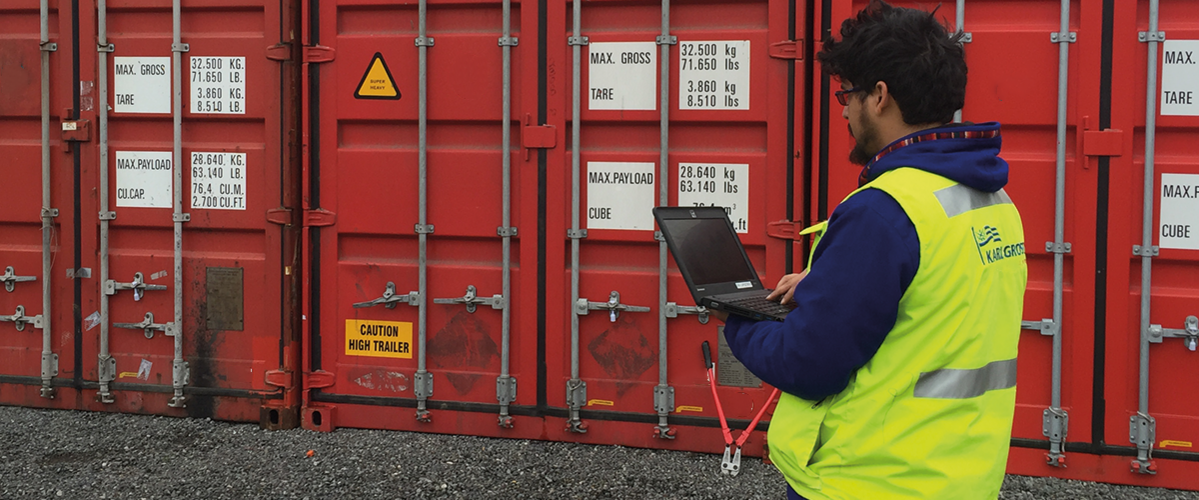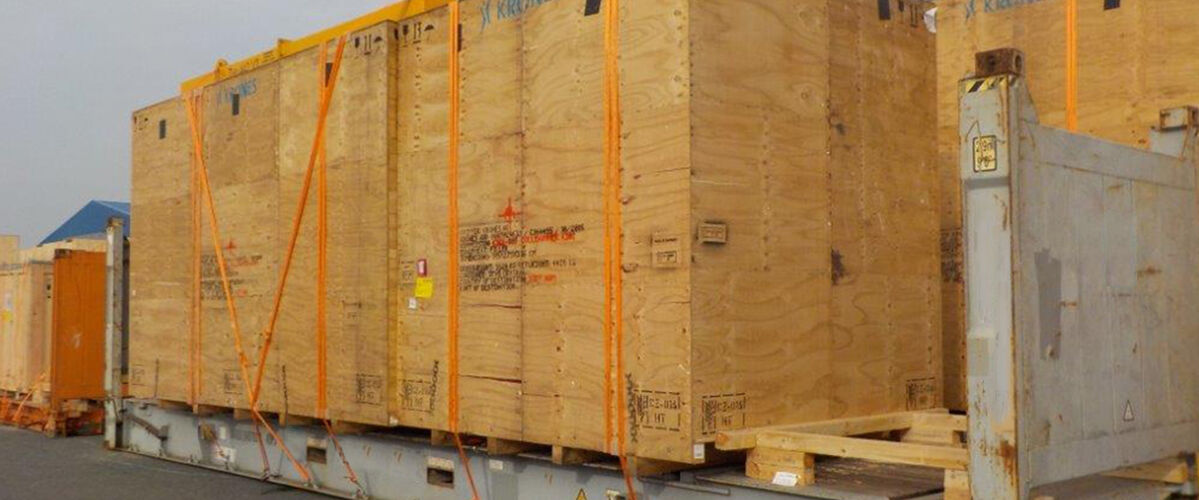That refers to the ideal positioning of the delivered shipment parts on-site for example. The site manager tells us beforehand which parts of the shipment he needs where at what time and we make that happen. That includes the coordination of external logistics providers, too – take for example the coordination of truckers regarding the unloading spots on-site or of riggers. At the end of each working day we report to the site manager so that he is always up to date on what was delivered when and where it was placed.
Workload, space capacities and personnel capacities should form a symbiosis. The site manager plans the workload including the required personnel – we take care that the necessary parts of the shipment are available on-site. If there are delays – for whatever reason – in the delivery of the necessary parts, we inform the site manager early on, so that he can adjust his planning accordingly, especially when it comes to personnel resources. Our experiences show that logistics procedures and planning do influence ‘the working atmosphere’ on the construction site.
In case of construction projects it is not uncommon for qualified personnel to be flown in from the manufacturer’s home country for the assembly. If there are delays during a phase of construction the personnel is on hold. And to wait for a delivery, which does not arrive as expected, is not only inefficient, but can also be frustrating.




